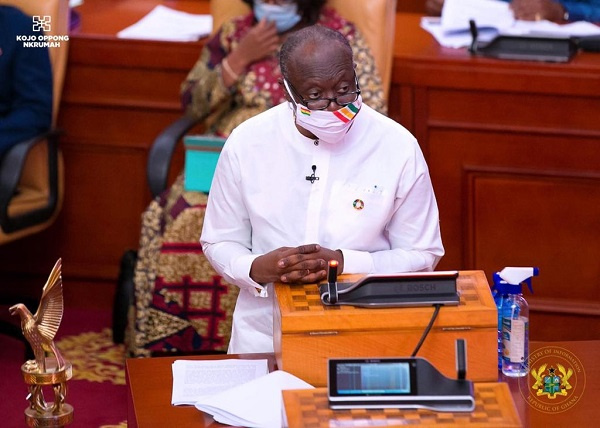
According to him, the current ballooning public debt stock provides little room for government to continue borrowing; hence, it’s a good opportunity to look within the economy – particularly the informal sector – to mobilise funds.
Mr. Boi pointed out that, for example, there is a portion of the Income Tax Law which was passed in 2015 on Modified Taxation that is supposed to deal with taxing the informal sector, but sadly has not been implemented yet by the Ghana Revenue Authority (GRA).
He further stated that without a proper and effective method for collecting taxes in the informal sector, the age-old challenge of consistently missing the revenue target will persist.
“The new taxes introduced in the 2021 budget took effect in May, with 4 months already gone. Due to this, it is likely the targets for the new taxes cannot be achieved,” he said – cautioning that any attempt to overburden the few formal sector workers with new taxes could derail economic growth.
“The truth is that a lot of commercial activities take place in the informal sector, yet they pay too little. Taxi drivers pay only GH¢12 per quarter. How much do they make per month?”
Mr. Boi further argued that the tax burden is completely unbalanced as those who earn more pay less – adding that due to lack of proper record-keeping in the informal sector, there is a misconception that all the players in this area earn less when the contrary is true.
“Look at the tax stamp that was introduced to collect taxes from Commercial Vehicles and other operators. I expect this budget statement to revise the rates on tax stamps.”
He again expressed worry over the current tax structure, wherein about 60 percent of taxes come from indirect taxes due to their ease of collection; saying such taxes may be easier to administer, but their effect burdens the poor by reducing their purchasing power.
Struggling informal sector
Data from the Ghana Statistical Service show that in the first quarter of this year the informal sector grew by 0.7 percent compared to 4.4 percent in the same period of 2020.
The data further show the sector has seen significant disruptions in its activities, as it contracted 5.7 and 4.5 percent respectively in the second and third quarters of 2020, compared to overall economy’s contraction of 5.7 and 3.2 percent respectively in the same period.
Even in the fourth quarter of the same year when the economy grew by 3.3 percent, the informal sector saw a paltry growth of 1.5 percent.
But when compared to the pre-pandemic period, the informal sector’s growth either overtook the overall economic growth or was slightly below it. For example, in the first quarter of 2019 general growth of the economy was 5.9 percent whereas the informal sector’s growth was 6.3 percent.
Then in the last quarter of that same year, while the overall economy grew by 6 percent the informal sector’s growth was 5 percent. However, this is not the case since the pandemic hit the country.
What this indicates is that the informal sector, which is the largest employer in the economy, has been more badly hit by the pandemic than the formal sector. The formal sector seems to be recovering more quickly after many of the restrictions imposed by government were lifted last year. Read Full Story


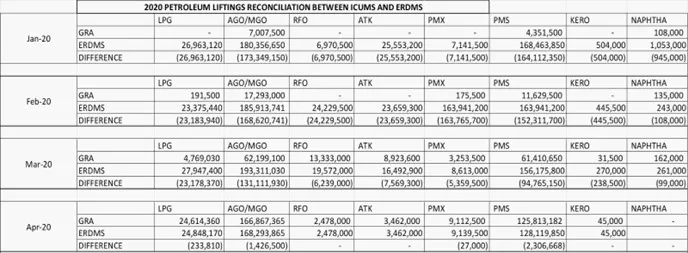

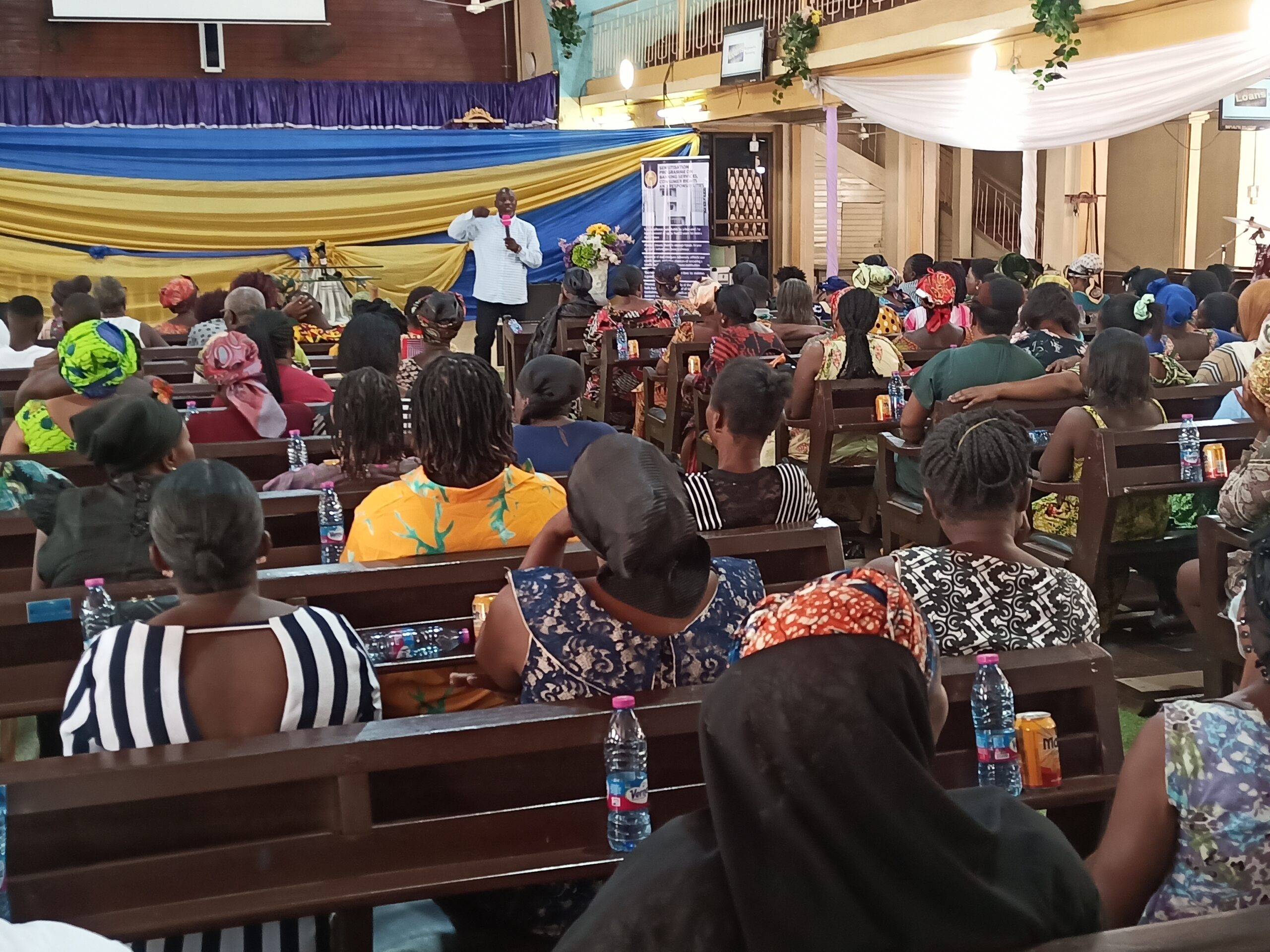
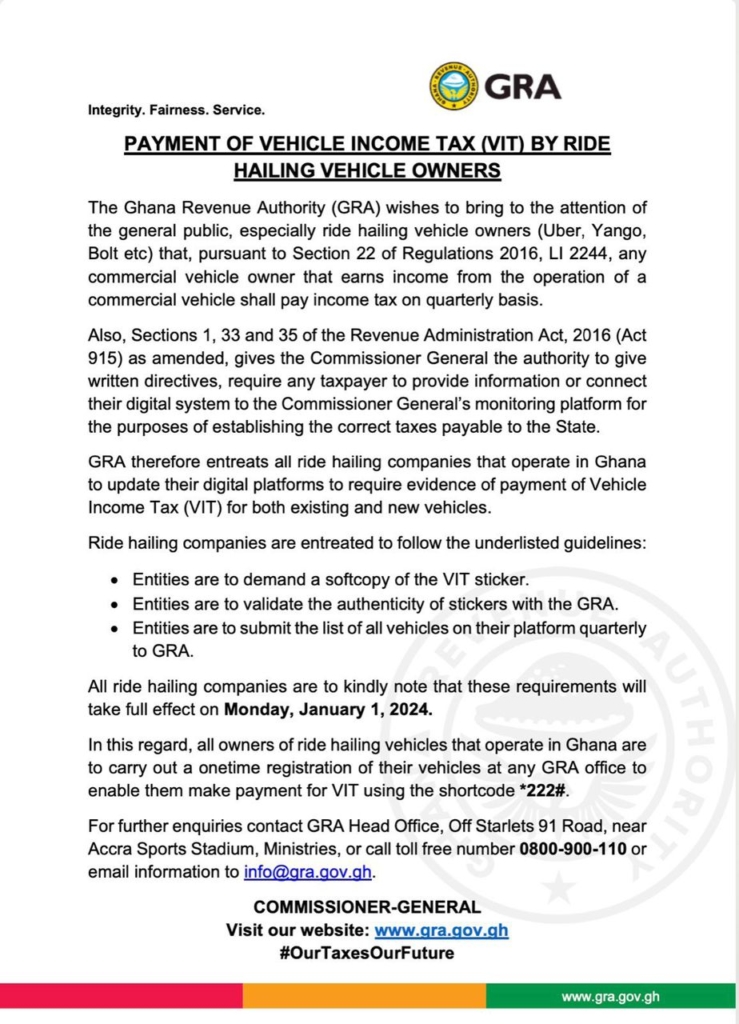










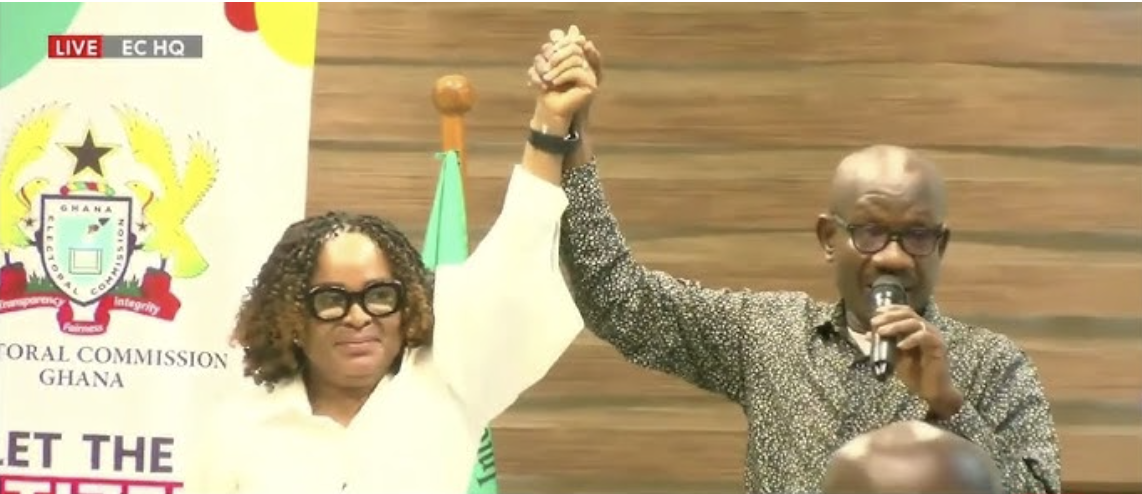



Facebook
Twitter
Pinterest
Instagram
Google+
YouTube
LinkedIn
RSS